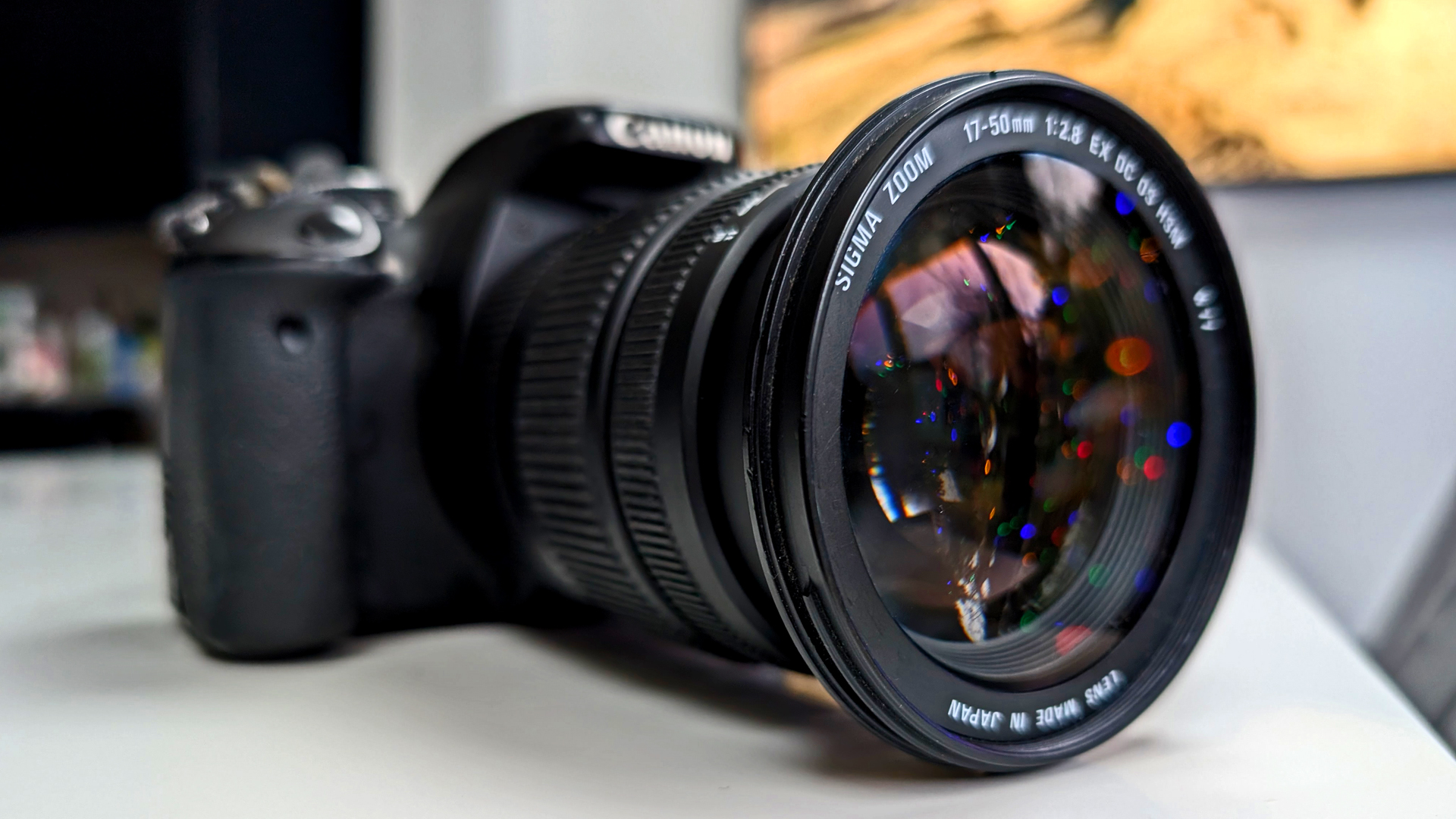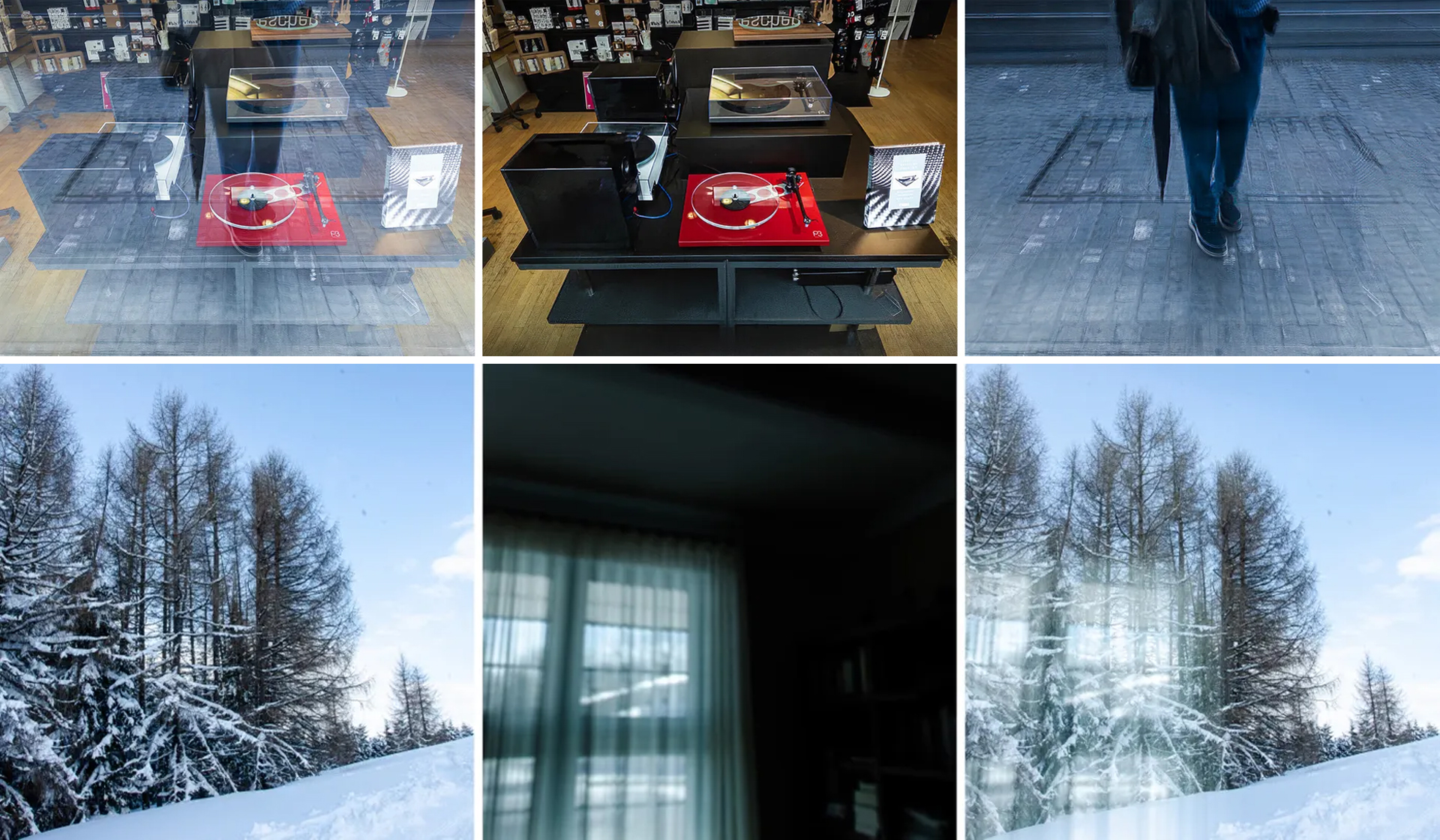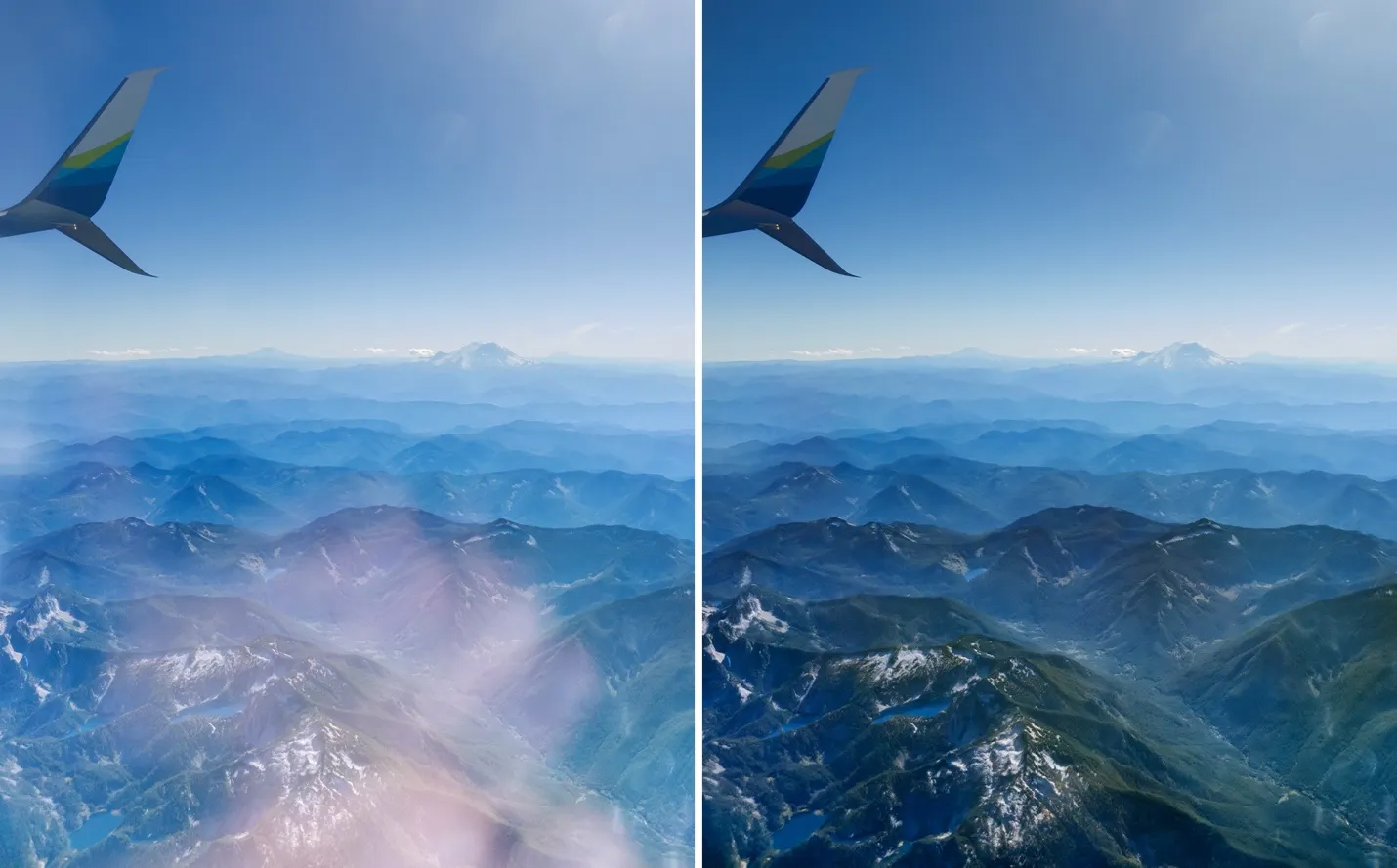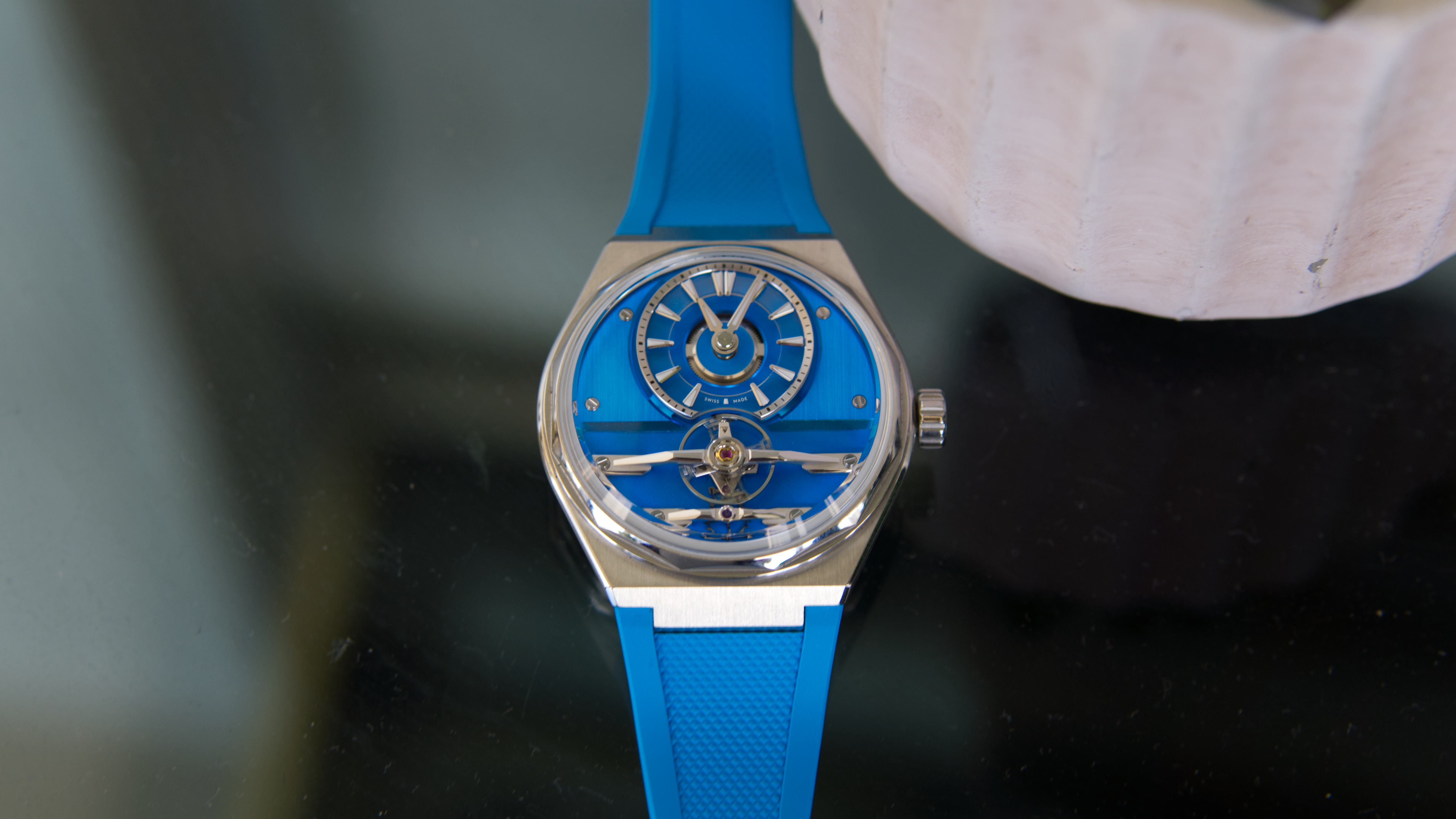

Quick Summary
Adobe has a new AI tool that will remove reflections from photos taken through glass.
The feature is in preview and available in Adobe Camera Raw.
The whirlwind that is AI sometimes gets a bad rep. From creating shocking images to training on copyrighted material, there’s no end to the controversy that comes with a lot of AI services. But, when it comes to image editing, AI has found itself a natural home.
One area where AI models are doing impressive things is in Photoshop. Yes, the irony is not lost on me that the software famous for changing images is now boosted by software famous for changing images. However, some of the AI features in Adobe's software are really impressive as creative tools - and there’s a new addition that could be equally as useful to photographers.
Adobe has announced a new tool that will remove window reflections from your photos. Reflections from glass surfaces are commonplace in photography and often they detract from the photo, making it hazy and adding the content of that reflection into the scene you’re actually trying to capture.

There are ways that you can remove some of these elements from photos using tools already in Photoshop, but there’s now a one-click solution called Reflection Removal in Adobe Camera Raw.
This is an AI-powered technology, but it’s not generative AI, so it’s not creating and adding anything to your image. Instead, it's detecting common elements of reflections in order to strip them out.
Adobe points out that it’s not designed for all reflections, so if you take a photo where you’d expect reflections, like of a wine glass, those reflections will stay in place, because they’re part of that image. But when you’re looking through glass at something else, that’s what Adobe will target.
Adobe has detailed how the model was trained too, by taking an outdoor image and an indoor image and combining them to create the impression of reflections. The AI model has learnt to recognise the two different images, so can then separate them, returning an image without the effect of a reflection.
Sign up to the T3 newsletter for smarter living straight to your inbox
Get all the latest news, reviews, deals and buying guides on gorgeous tech, home and active products from the T3 experts

The tool only works on RAW photos at the moment, so this is really pitched at photographers rather than the smartphone world – although Samsung also has a reflection removal tool in its editing options on the Galaxy S24, for example.
The new option is in the Technology Previews section of Adobe Camera Raw and will appear in the Removal tab. You’ll get a double-ended slider, allowing you to change the level of reflections for an image that looks entirely natural – and perhaps save an image that you might have sent to the rubbish bin without the edit.
As this is a preview, the access is a little limited, but in the future Adobe say it wants to bring this to other surfaces and file formats, including jpeg, so removing those reflections next time you take a photo out of an aeroplane window should be a breeze.
Chris has been writing about consumer tech for over 15 years. Formerly the Editor-in-Chief of Pocket-lint, he's covered just about every product launched, witnessed the birth of Android, the evolution of 5G, and the drive towards electric cars. You name it and Chris has written about it, driven it or reviewed it. Now working as a freelance technology expert, Chris' experience sees him covering all aspects of smartphones, smart homes and anything else connected. Chris has been published in titles as diverse as Computer Active and Autocar, and regularly appears on BBC News, BBC Radio, Sky, Monocle and Times Radio. He was once even on The Apprentice... but we don't talk about that.


